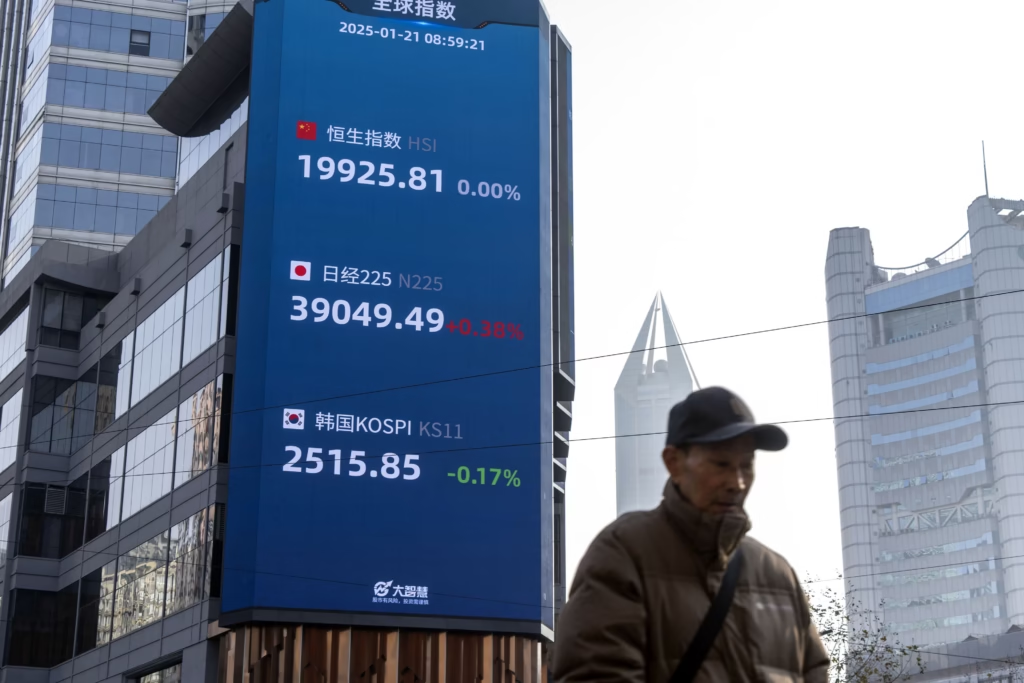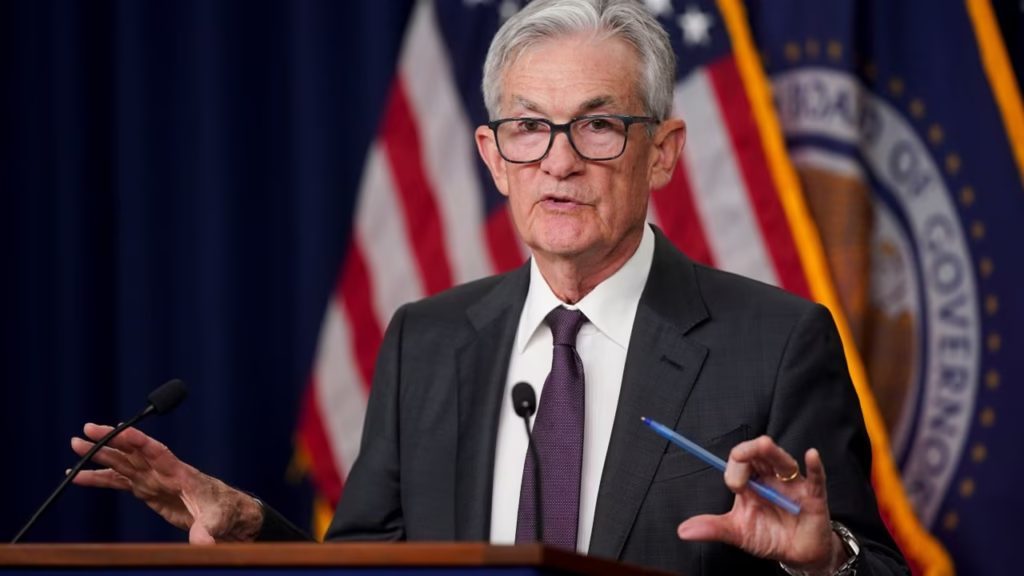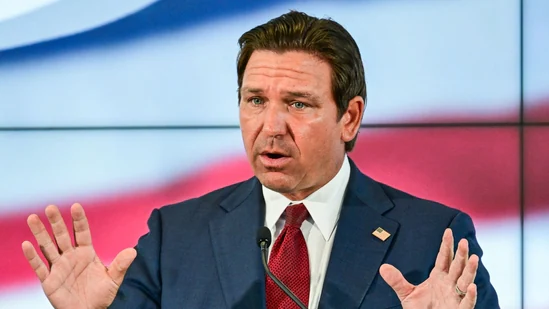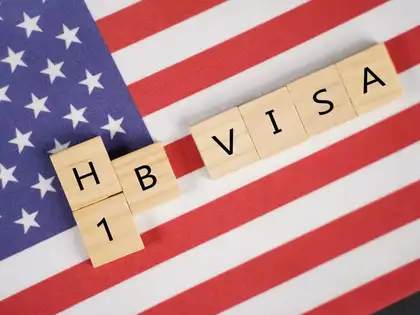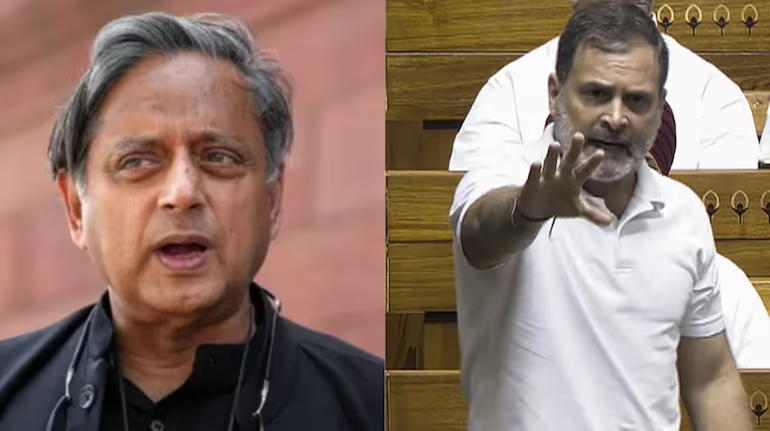Now Reading: Trump Hits India With 50% Tariff—Sharpest Yet, Tied to Russian Oil Trade
-
01
Trump Hits India With 50% Tariff—Sharpest Yet, Tied to Russian Oil Trade
Trump Hits India With 50% Tariff—Sharpest Yet, Tied to Russian Oil Trade

The US has raised import tariffs on Indian goods to a massive 50%, making India the highest-tariffed country in the American trade system right now. The decision comes in response to India’s continued purchase of Russian oil, which the US claims is indirectly supporting Moscow’s war effort. For Indian exporters, this sudden spike could hit hard—especially in manufacturing-heavy and trade-reliant cities across the country.
What’s the Trigger?
The US government under Trump has imposed an additional 25% tariff on Indian goods, stacking on top of an already existing 25%, effectively doubling the import duty. The message is clear: stop buying Russian oil or face financial consequences. India, however, sees this move as unjustified and politically motivated, pointing out that several other countries are importing Russian oil but haven’t faced similar penalties.
How Will This Affect India?
Exporters are looking at a tough road ahead. A 50% tariff makes Indian goods significantly more expensive in the US market. This could lead to reduced orders, cancelled contracts, and falling competitiveness. According to estimates being circulated by trade experts, India’s GDP growth could dip, and export volumes could shrink—especially in sectors like jewellery, textiles, and electronics.
The tariff shock also disrupts India’s broader goals of boosting manufacturing and becoming a global export hub. If Indian products are no longer cost-effective abroad, the entire supply chain—from factories to port workers—feels the hit.
Impact on Smaller Cities and Traders
This isn’t just about Delhi or Mumbai. Tier 2 cities like Surat, Jaipur, and Ludhiana have thriving MSMEs and export units. Artisans, textile workers, and small business owners are likely to bear the brunt as margins shrink and international buyers look elsewhere.
For instance, Surat’s diamond polishing industry, which relies on exports to the US, could see reduced demand. Similarly, small-scale textile businesses in Jaipur and handloom clusters in the South may find it harder to survive in the global marketplace under such trade pressure.
India’s Position
The Indian government has expressed strong opposition to the move. India has continued to defend its energy strategy, arguing that discounted Russian oil helps keep domestic fuel prices stable. Policymakers have also indicated that national interest—especially access to affordable energy—won’t be sacrificed under external pressure.
At the same time, India is preparing to engage diplomatically to resolve the standoff. There are also discussions about finding alternative export markets and offering relief to sectors hit hardest by the tariff hike.
Conclusion
A 50% tariff from the US isn’t just a trade issue—it’s a test of India’s diplomatic strength, economic resilience, and global standing. For exporters, this could be one of the most difficult phases in recent memory. The outcome now depends on how fast both countries can find middle ground—before long-term damage is done to a key economic partnership.







